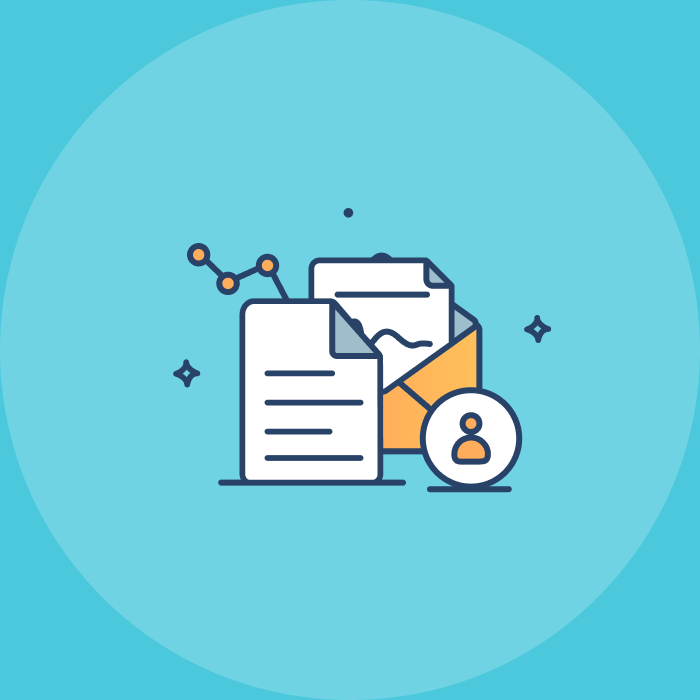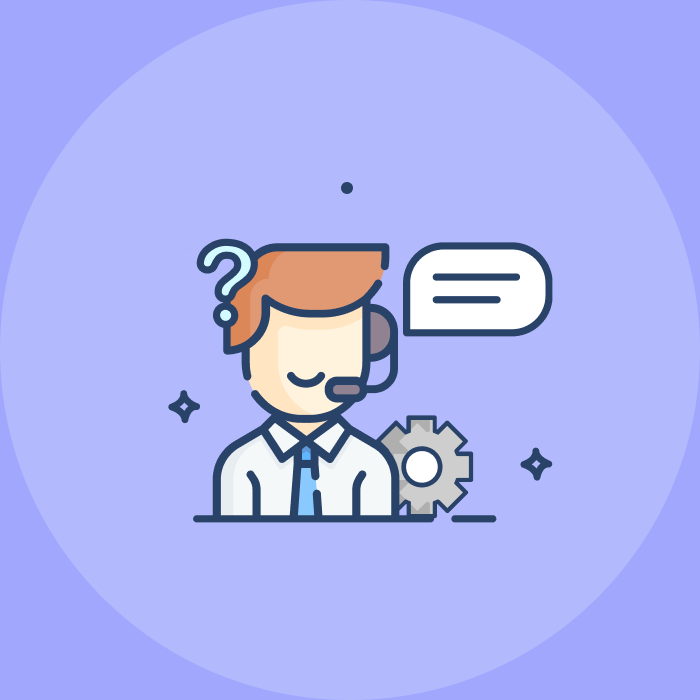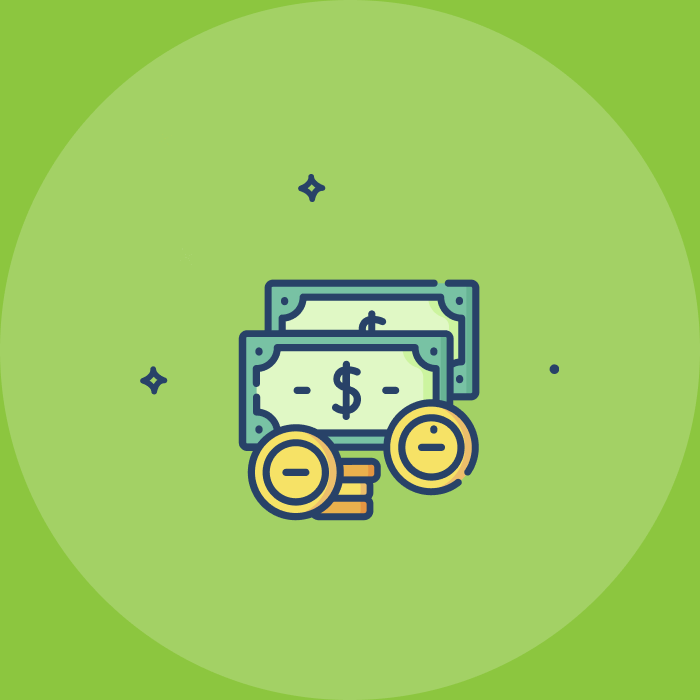The key to success in any company lies on proper understanding of psychology. All human beings necessarily have the same mental triggers that drive actions. In order to sway and understand your customers, you need to know those triggers and how you can use them in your marketing message.
As a marketer, all your efforts spent into writing an email are lost if you are unable to convert subscribers into customers. Charging in with the best content is not enough if you don’t understand what they need or offer them services/products that match their requirements.
You may get satisfied by a decent increase in the open rates but, unless people actually start looking at your emails, engage with your products, and purchase them, your email marketing strategy is not good enough.
Here, we will offer you tips that will help you write emails that promise to convert, and improve your customer base.
1. Define your Goals Clearly
If your goals are unclear or you don’t have clarity on what you aim to achieve through the email marketing strategy, then it is a complete fail right from the start. You need to work on the goals before you plan writing emails.
Determine whether conversion means getting subscription for your emails or getting a purchase. Define the email copy and CTA accordingly.
Whether you should send a single email, or an email series will also depend on the goal that you have defined for the email.
2. Segment the Audience
It is important that you understand and know the audience you are catering to. For instance, if your audience is interested in a particular product, and you know this based on their past purchases and browsing history, then you ought to consider that while writing an email.
Apart from their past purchases, taking into account their demographics, the interests they have mentioned, the activity and engagement level on the site and their life events from their social media activity can help you get an insight into their needs, requirements, and what might help them convert.
It is important that you treat every person in your subscriber list differently. What they are interested in, and how they purchase the products will help define the audience segmentation for your email list.
3. Subject Lines Are Important
Till now, we were discussing the pre-requisites for the email marketing strategy you are defining. Let’s proceed to talk about the ways in which you need to craft a good email.
It all begins with a good subject line, as your subscribers are likely to open your emails and convert only if the subject line seems relevant to them, and can be read on a mobile device. The reason being most people tend to read your emails on their phones, and if the subject line is not clear, then the users don’t move on with reading the email.
- There are defined characters that are visible on the mobile devices. Make sure your subject line is within those number of characters for better visibility.
- You should keep it short, concise and relevant so that people are tempted to open the email and read the content.
- Personalization of the subject line is essential. You ought to connect with the readers with your subject line. One such method of personalization includes adding the recipient’s name in the subject.
- You can use numbers for effective conversions or show some urgency with your email subject lines.
Always remember, the subject line should be the beginning of the email and the email copy should shed more light on the same.
The pre-header text is the introduction you give to the email, and it is the first thing that the users are going to see. If you don’t give enough importance to drafting the pre-header text, then you might not be able to get the level of engagement expected from the email.
The text should follow the subject line, and should give a different tangent to the subject line. If not a continuation, you can use the pre-header to give an insight into what the email is about, and what things to expect from it.
5. Time your Messages Carefully
When sending the emails, you need to time your messages with great care. If sent on a time when the email is likely to be opened, the chances of conversion are higher, and you get to accomplish your goals.
However, if you send at a time when the messages are not being read or the target audience does not seem to be interested in your emails, then you might not get the desired engagement.
You can check their past open rate and the email send time to understand when to send an email to the target. Subscriber’s location as well as interest also plays an important role in timing the email.
The type of email to be sent also triggers the send time for the email. For instance, a welcome email is sent immediately after the subscriber has signed up for the email.
Alternatively, you can even monitor the time when your website has maximum visitors and schedule your email campaigns accordingly.
6. Pay Attention to the Tone
When crafting the email copy, you need to pay close attention to the tone you are using in the email. The email should be conversational, and you should write it to the audience. Make it more about the people who are receiving the email, and less about you and your company.
If possible, include the benefits of the product that comply with the needs of the user. The more advantages you portray for the user, the more engagement you are likely to receive.
If you personalize your emails, you get better conversion rates.
Subscribe to weekly updates
You’ll also receive some of our best posts today






